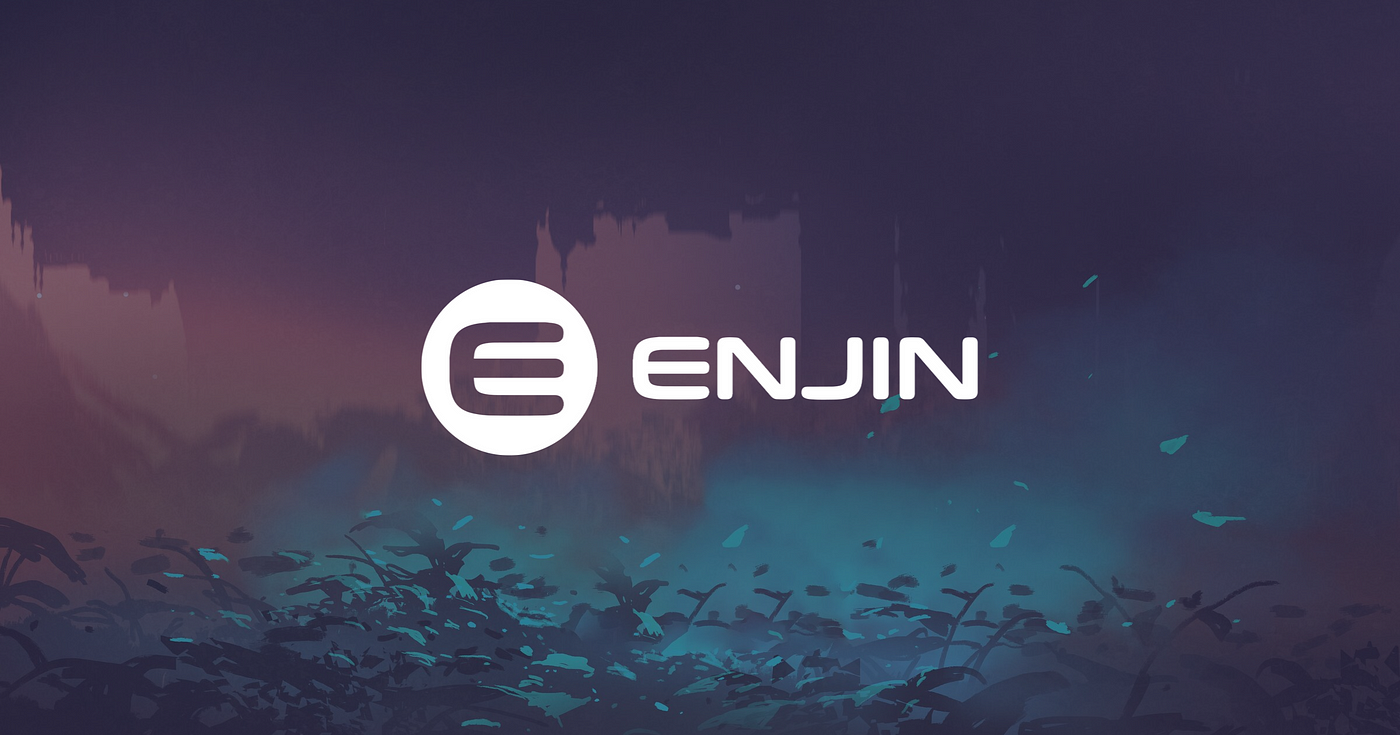Specialized Blockchain refers to Blockchains that are built for a specific purpose such as specializing in NFT projects, specializing in Gaming or Social projects. However, so far most specialized Blockchains have not achieved their stated goals. So why are specialized Blockchains not successful? Let’s find out together.
To better understand why specialized Blockchains have not been successful, please join me in finding out in the article below.
- What is Blockchain Layer 1? The Importance of Layer 1 in the Crypto Market
- What is DeSo (DESO)? DeSo Cryptocurrency Overview
- What is Flow (FLOW)? Flow Cryptocurrency Overview
The Birth of Dedicated Blockchains
Reasons for the birth of specialized Blockchains
The birth of blockchain platforms mostly comes from solving the expansion problem on Ethereum. Ethereum first revealed its weaknesses when the game CryptoKitties caused the network to become congested and transaction fees were pushed up too high. At that time, the ambition to build problem-solving platforms expanded, some notable solutions such as:
- Layer 2: State Channel, Plasma, Rollup, Validium.
- Platform Blockchains use different technologies such as the Internet of Blockchain model, Modular Blockchain or Parallel Execution technology.
- Specialized Blockchains for different industries.
The idea of specialized Blockchain refers to platform Blockchains that only focus on certain areas such as NFT, Gaming, Social, DeFi,… And these Blockchains are not suitable for building all DApps. Each of these specialized Blockchain types is designed and optimized for that specific purpose, bringing unique advantages to each field. They typically focus on handling high transaction volumes, unique features, and compatibility with related applications and protocols.
Some common optimizations include:
- Handle large transaction volumes: Specialized blockchains are optimized to handle thousands or even millions of transactions per second. This ensures that the platform can withstand heavy loads and is scalable without compromising performance.
- Unique features: Specialized Blockchains are often developed with special and unique features that serve a specific purpose. For example, in the case of a dedicated Blockchain for Gaming, the platform may have built-in features such as authenticating gamers’ identities, trading game items, or integrating VR/AR technology.
- Compatible with related applications and protocols: Specialized blockchains are often integrated with popular applications and protocols in the respective field. With NFTs, for example, a dedicated Blockchain can integrate directly with leading NFT marketplace platforms to facilitate NFT trading and management.
Optimization helps specialized Blockchain have better performance, reliability and usability in meeting the specific needs of the specific purpose it is intended for. Each specialized type of Blockchain has its own requirements and advantages, so optimization will focus on the decisive aspects of each area to provide the best user experience.
Some specialized Blockchains and characteristics
Up to now, we have many different specialized Blockchains used for different purposes. In this article, we will not mention L1 Blockchains belonging to the Cosmos or Polkadot ecosystem because the Blockchains themselves have many similarities with a DApp on regular Layer 1s.
|
Information |
DeSo |
Flow |
Enjin |
Ronin |
|---|---|---|---|---|
|
Target market |
Social |
NFTs Gaming |
Gaming |
Gaming |
|
Consensus mechanism |
POW |
POS |
POS |
DPOS |
|
Extensible solution |
Proof of Stake Bigger Blocks Warp Sync Sharding |
Classify Nodes to optimize processing work |
The model is similar to Polkadot |
Sidechain |
A common feature with specialized Blockchains is that the markets they target are mainly Gaming, NFT and Social. This is also quite easy to understand because currently, conventional Blockchains will most comfortably serve DeFi pieces. With DeFi pieces, the key factors are security and decentralization, but with DeFi pieces. Like Gamming and NFT, what they need is scalability.
And specialized Blockchains also focus on two main issues: how to increase scalability and build infrastructure suitable for the market they are approaching. All three markets of Gamming, NFT and Social have similar characteristics besides scalability, which are the factors of how to easily bring users from Web2 to Web3, how to build The user experience on Web3 is as smooth as Web2 so that even when users participate in a game, they do not know that this game is built on the Web3 platform.
Together we will come to the solutions of today’s specialized Blockchains.
DeSo – Blockchain dedicated to the Social market

We will go into two problems that DeSo needs to solve: how to solve the expansion problem and how to promote users from Web2 to Web3.
First of all, to solve the expansion problem, DeSo has recently officially transformed with 4 upgrades including Proof of Stake, Bigger Blocks, Warp Sync and Sharding. With 4 Phases on DeSo, it is expected to be able to serve billions of users from Web2 to Web3. Of course, DeSo’s plan is still only on paper.
Next, how does DeSo drive users from Web2 to Web3? DeSo’s proposed solution is to attract developers, from there there will be more DApps and these DApps will have the role of attracting users based on their different features. Besides, DeSo also attracts content creators with many attractive rewards. To read more details, people can refer to the article What is DeSo (DESO)? DeSo Cryptocurrency Overview.
Enjin – Blockchain dedicated to the Gaming market

Enjin is also a specialized Blockchain for the Gaming market. Of course, similar to DeSo, Enjin also has two problems that need to be solved.
First about scalability, Enjin was inspired by Polkadot’s Relaychain – Parachain model to build its own Relaychain – Matrixchain. From here, it is solved that Matrixchains can freely develop at their own discretion without worrying about security and decentralization, from which Matrixchains can completely solve the expansion problem.
Next, in terms of motivating users, Enjin also has a similar mindset to DeSo, building infrastructure, especially SDKs that help developers easily integrate available products into their platform. me.
Through DeSo and Enjin, we can partly see that these platforms know where to solve their problems, but why are specialized Blockchains not successful?
Why Haven’t Specialized Blockchains Been Successful?
Development strategy is not clear
It is a fact that most specialized Blockchains have not been successful precisely because of unclear development strategies. It is possible that projects build many SDKs or available tools that developers can just integrate into their products, but there is not much motivation to motivate developers to come to the platform. .
- Very few Global Hackathon events have prizes up to hundreds of millions of dollars. Although the projects call for huge amounts of capital.
- There are very few offline events for developers to get to know the platform.
- Very few grants are awarded by foundations.
It is very clear that without developers, there will be no products, no ecosystem, and without products, there will certainly be no users. This creates a flywell that is not good for a Blockchain platform. boulder.
Remember that no matter how good the technology is, if the marketing strategy is bad and the business model has many holes, the success rate of the project will certainly be very low.
The ecosystem does not have outstanding projects
In the current context, each ecosystem needs to have its own spearhead, including specialized Blockchains. If specialized Blockchains are targeting a niche market, it needs to have an excellent project in that niche only. But even this current specialized Blockchain cannot do.
The ecosystem of specialized Blockchains today, although numerous, is relatively “junk”. Most of them are projects that copy models of projects outside of Web2. Phrases like decentralized Facebook version, decentralized Twitter version, decentralized Tik Tok version, decentralized Youtube version,… have become too familiar.
Fierce competition with other Blockchains
Let’s look back at Layer 1 Blockchains with good expansion solutions today such as Solana, Avalanche Subnet and a series of Layer 2 solutions such as Base, Arbitrum, Optimism,…
- Solana became the Mecca of NFTs not because Solana was born only to serve the NFT market.
- Base becomes an emerging land for SocialFi and of course Base is not optimally designed for SocialFi projects.
So why are regular Blockchains dominating compared to popular Blockchains? Some reasons can include:
- In terms of scalability, both regular Blockchain and popular Blockchain can handle many transactions and users at the same time. But it seems that the scaling solution of the regular Blockchain is performing better than the popular Blockchains.
- Network Effect is also a factor. Layer 2 platforms inherit Network Effect from Ethereum so they already have users, their job is to choose a certain area and then focus on development, for example, Arbitrum has been successful with Perp DEX and Base has emerged. success thanks to SocialFi. Their success factor certainly includes the presence of Ethereum.
- A clear development strategy is what I see as the difference between regular Blockchain and popular Blockchain. Although there are still a few conventional Blockchains that are not successful because they did not have a clear development strategy from the beginning, mainly following the trend.
Obviously, we have to ask the question: “Are specialized Blockchains really necessary when even regular Blockchains can solve their problems?”
Does Dedicated Blockchain Still Have Land?
I believe that the factors that lead to a successful conventional Blockchain or a popular Blockchain lie in their development strategy and the way they do business. Today, specialized Blockchains continue to be born and develop, such as Intella X, Iskra, XPLA, Marblex,… most of which are Blockchain Gaming.
Developers and even VCs are still betting heavily on Blockchain Gaming and Studios through the continuous launch of projects and the continuous influx of money. The vital factor of these Blockchain Gaming is how to attract developers and even Game Studios. Every Blockchain Gaming needs to have one or more quality Game Studios behind it to produce games that attract users.
In addition, Game projects also need to have differences, especially in terms of image and gameplay, must have breakthroughs compared to games in the Play to Earn phase and somehow attract users. to the Play factor more.
I believe that specialized Blockchains still have a place because:
- Regular Game and Social projects can be developed on regular Blockchains, however, with complex games or social networking platforms, custom infrastructure is required to accommodate them. Being consistent with it is essential.
- Specialized Blockchains have the advantage of focusing their resources only on the field they participate in compared to spreading resources compared to regular Blockchains.
That’s the advantage, however, specialized Blockchain in the near future will encounter many more barriers as Layer 3 or Specific Appchain solutions become more and more popular. In essence, Layer 3 and Specific Appchain solutions also aim to be specialized and customized for a certain purpose, and their advantage is that they also inherit the security of Layer 1 Blockchains.
Summary
Specialized blockchain is still gaining a lot of attention from big-name developers and investment funds. Hopefully through this article everyone can understand why specialized Blockchains have not been successful


